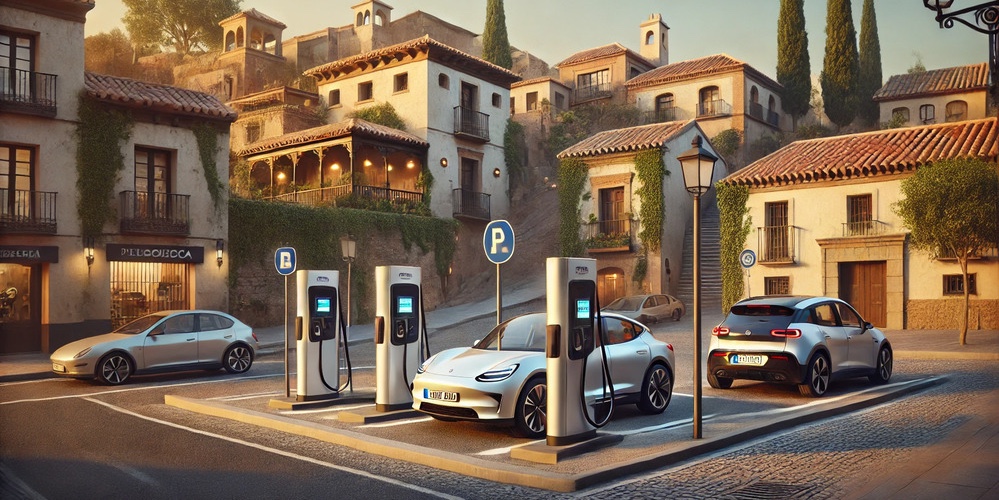Technological advances in charging points and electric vehicles are making many devices obsolete, making it increasingly necessary to adapt them to current standards.
Speed is one of the main challenges.
According to the latest data published by AEDIVE, of the 40,438 devices installed, 69% have a power equal to or greater than 22 kW.
This figure does not take into account the growing demand from users for ultra-fast chargers, which represent 35% of the total.
In this context, Iván Díaz Sánchez, an electric mobility specialist, tells Mobility Portal España: “Offering greater charging power is essential to encourage the adoption of electric vehicles.”
He adds: “There are points that are already becoming obsolete, especially those with powers below 22 kW in urban areas and 50 kW in main corridors.”

Particularly in a context where current cars are capable of supporting much more powerful loads, which makes these points “lose competitiveness and utility.”
Another factor identified by the sector is interoperability.
The transition to an infrastructure that allows for fluid use is necessary.
What does this mean?
“It is essential that the systems are compatible with all car models and with different charging networks,” he explains.
Given this situation, a consultant in the sector points out to Mobility Portal España that “it is essential to carry out retrofitting, not only for equipment installed years ago, but also for those that need to comply with current standards.”
According to the specialist, these updates range from improvements in charging power to the implementation of advanced measurement systems that certify the energy supplied.
Upgrading initiatives
The MOVES III Plan, promoted by the Government, is emerging as a tool to address this problem.
This programme not only encourages the installation of new charging points, but also the modernisation of existing ones.
This initiative is supported by the efforts of private operators such as Iberdrola, Tesla and Zunder, who are leading the deployment of ultra-fast networks in strategic corridors, according to Díaz Sánchez.

In this context, Ferran Menescal Miralles, Iberia sales manager at Kempower, highlights in a LinkedIn post the importance of eliminating access barriers, such as limitations on payment methods.
“Many CPOs/MSPs are taking seriously the measures necessary to be able to charge the car with a VISA card, without an App or RFID,” he highlights.
He added: “I think that with this, there is one less ‘brake’ that will give a great boost to the network of chargers installed throughout Spain.”
Added to this is the need to retrofit the devices to integrate photovoltaic self-consumption systems and energy storage solutions.
Not only would this contribute to environmental sustainability, but it would also reduce operating costs.
The sector is also betting on ultra-fast equipment with power greater than 150 kW, in order to reduce “refueling” times and encourage the mass adoption of electric vehicles.
What about the regulations for updating chargers?
The Ministry of Industry and Tourism has been working for four years on a draft that seeks to regulate metrology at charging points.
This regulatory framework aims to establish standards to ensure that the energy supplied is as declared, an aspect that would increase user confidence.
According to AEDIVE data from 2024, the metrological adaptation of a direct current charging point can cost between 4,000 and 10,000 euros, which represents a financial challenge for many operators.
This regulation will also include measurement systems for hydrogen stations.
However, no new updates have been submitted in this regard and it is expected that national regulation will not come into force before 2026.








